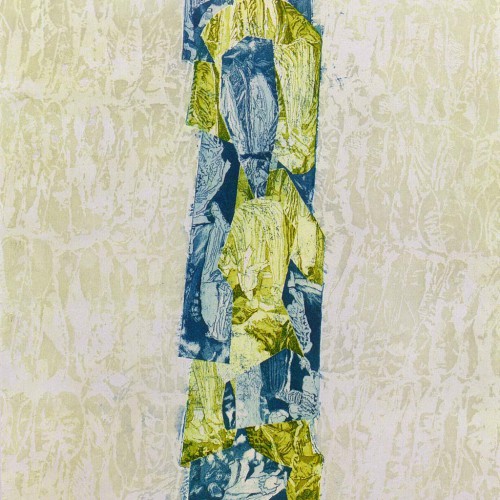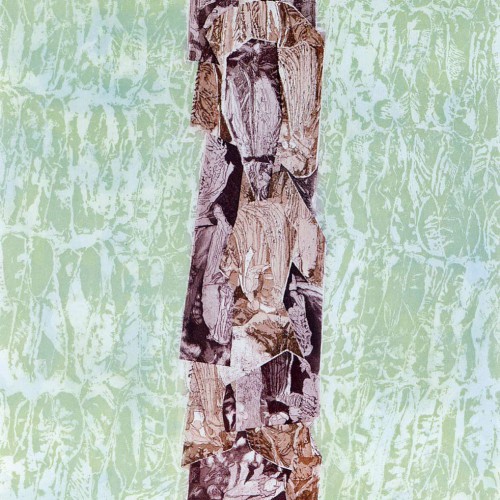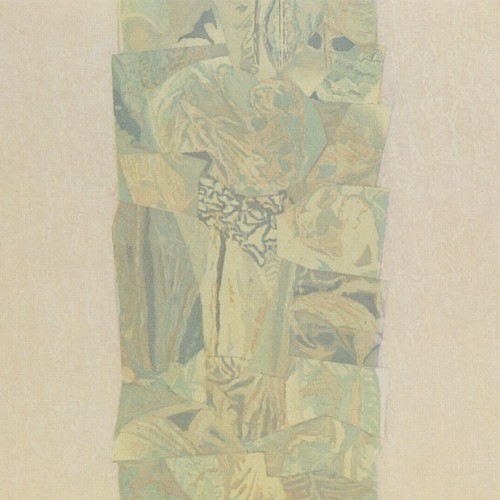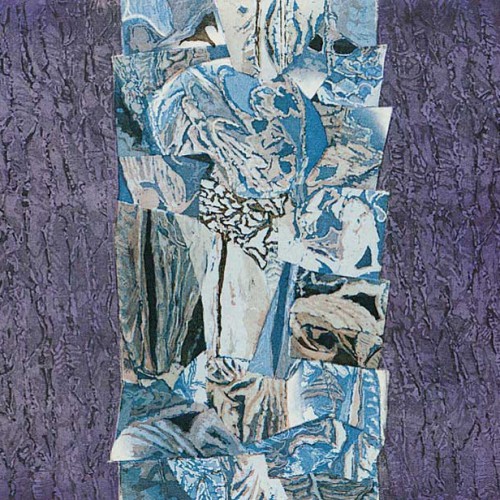Thérèse Oulton’s introductory notes for the exhibition Illuminations at Marlborough Graphics, 1998.
- Technicolour 2A, 1998
- Technicolour 2B, 1998
- Colour Negative 2A, 1998
- Colour Negative 2B, 1998
Why colour etchings? An etching, I believed, carried all its information on the one plate, all those layerings of tone and line, erasures, standing in for painterliness.
But my ‘painterliness’ is not layered, re-worked, scraped away. Its multiplying, disparate spaces and heterogenous associations are insistently a reiteration of surface strictly through juxtaposition. There are enough mysteries without burying anything out of sight of the eye.
There was no disparity. Therefore I could proceed. As a colour etching is made up of more than one plate, the different plates bear their different marks, their different colours, which in the painting need not be overlain.
The wonderful plethora of etching methods – hard and soft grounds, aquatints, spit-bites, deep-bites, and so on – carries with it its equivalent range of variegation and consequent associative reference. And such is a recourse long part of my painting practice: an unmanageable acceleration of the half-remembered, inner and outer.
The etching plate is ‘inscribed.’ It is analogous to the typesetter’s flatbed, the resulatant print looked at on a flat surface. So there is a very particular distinction between painting’s vertical orientation and the horizontal plane of the etching, the vertical replete with all its weight of the representational, the horizontal symbolic, enclosing signs.
Wanting neither to leave intact the endemic stability of the representational – the vertical – in relation to the viewer, nor the ‘readability’ of the flat, as in reading a book: these were the concerns that preceeded the making of these prints. But, firstly because they are etchings and reverse the dominance of the two axes, as it were (at least within this context), and secondly because they are colour etchings, thus bringing the issue of painting and its axis back into play, those intitial purist qualms were buried: that an etching is printed in black, from one plate.
Thérèse Oulton, July 1998




